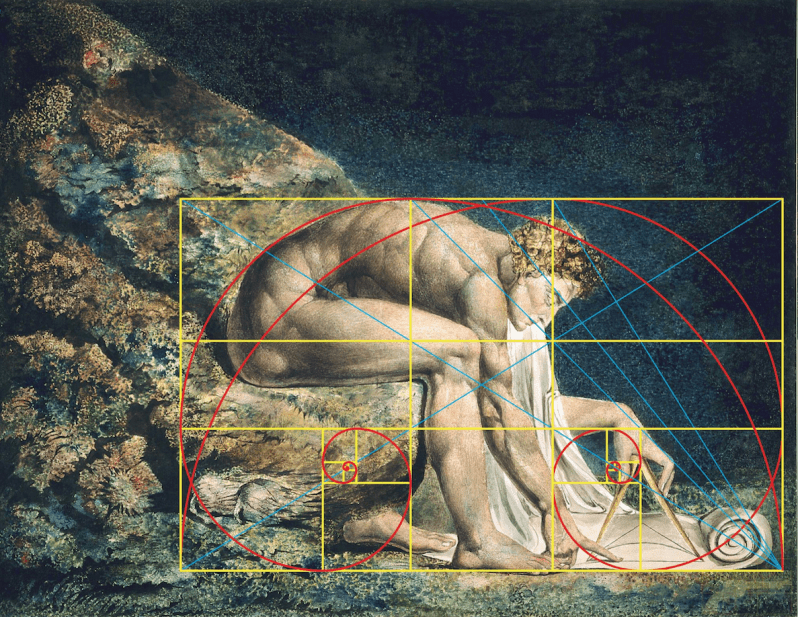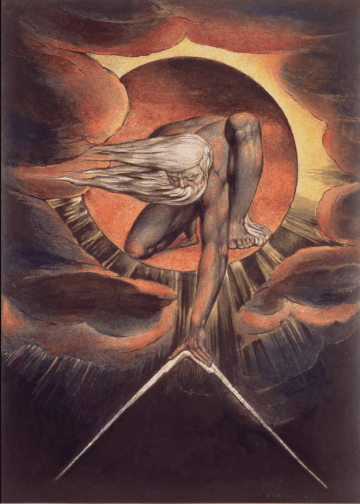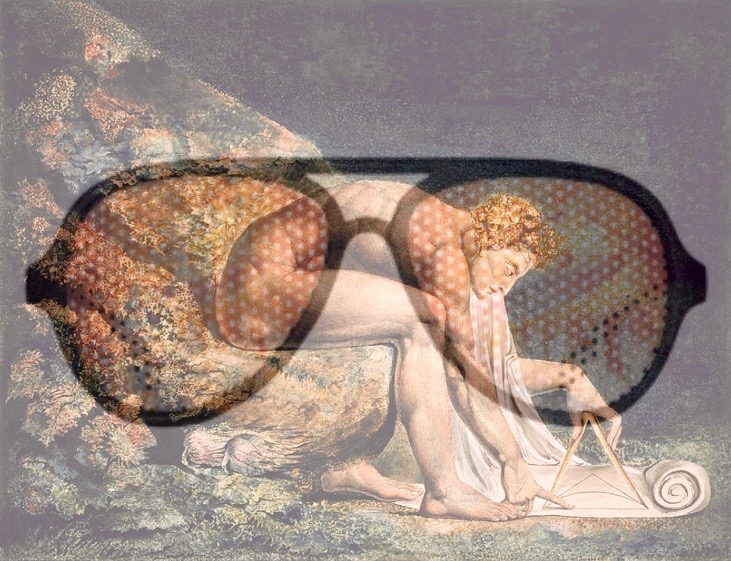The Human Form Divine: Sacred geometry and its relationship to our physiology


Section 1: The Nature of Sacred Geometry

Measuring Urizen: The geometry of geometry
This first section explores what is meant by “sacred geometry”, studying and measuring its terms in relation to the study of physiology, the ‘science of life’. It therefore provides a sort of “geometry of geometry”. This seems apposite: the very idea of measuring is after all embedded in the word “geometry”, which comes from the ancient Greek words Geos, meaning “Earth”, and Metron, meaning “to measure”. The act or assumption of measurement is therefore contained within the system that is used to measure reality. Urizen thereby inscribes itself in the very utensils it uses to explore the deep: as Neil Postman acutely observed, “within every technology there is embedded an ideology” (Technopoly: The Surrender of Culture to Technology). These sorts of isomorphic (or “fractal”) repetitions and self-reflections constitute one of the defining characteristics of sacred geometry.
Sacred geometry is usually understood as the science and study of the fundamental patterns, shapes, forms, proportions, and ratios that constitute the basic nature of physical, physiological, and psychological reality. In ancient traditions, these geometries were considered ‘sacred’ because they recurred with such remarkable frequency and on so many different levels, thereby seeming to suggest a ‘hidden order’ to the world. As Skinner notes, “geometry and numbers are sacred because they codify the hidden order behind creation”. As such, they were sometimes considered to reveal the “mind” of God: as Galileo succinctly put it, “Mathematics is the alphabet with which God has written the universe.”
Read More






